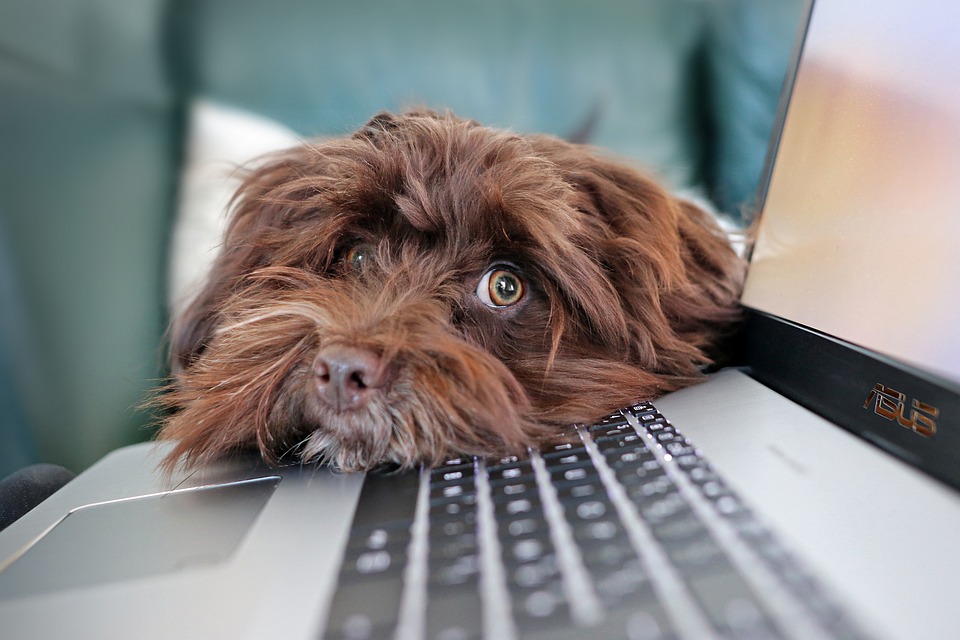**Title: Conquering the Fear of Grooming in Dogs: Effective Techniques and FAQs**
**Introduction**
A well-groomed dog not only looks great but also feels healthier and happier. However, many dogs experience fear and anxiety when it comes to grooming. In this article, we will delve into the causes of grooming fear in dogs and provide effective techniques to manage and address this fear. Additionally, we will answer some frequently asked questions to help you better understand your furry friend’s grooming needs.
**Understanding the Fear of Grooming in Dogs**
1. Identifying the root causes of grooming fear
a. Previous negative experiences
b. Lack of exposure during puppyhood
c. Sensory sensitivities
d. Fear of unfamiliar equipment or sounds
2. Recognizing signs of grooming fear in dogs
a. Aggressive behavior
b. Trembling or shaking
c. Attempting to escape or hide
d. Excessive panting or drooling
**Techniques to Manage and Address Grooming Fear**
1. Gradual desensitization and counterconditioning
a. Introduce grooming tools gradually
b. Associate grooming with positive experiences
c. Use treats and rewards to reinforce calm behavior
2. Creating a safe and comfortable grooming environment
a. Choose a quiet and well-lit area
b. Use non-slip surfaces
c. Provide familiar scents and toys
3. Seeking professional help
a. Consult a professional groomer or trainer
b. Consider anxiety-reducing aids, such as calming sprays or pheromone diffusers
**FAQs: Addressing Common Concerns about Grooming Fear in Dogs**
1. Can grooming fear be overcome completely?
– While complete elimination of grooming fear may not be possible for every dog, with patience, training, and positive reinforcement, significant improvements can be achieved.
2. How long does it take to desensitize a dog to grooming?
– The duration of desensitization varies depending on the dog’s individual temperament and the severity of their fear. It may take weeks or even months to see progress.
3. Should I groom my fearful dog at home or seek professional help?
– If your dog’s fear is severe, seeking professional help is recommended. Professional groomers are experienced in handling anxious dogs and can provide guidance on how to manage grooming fear effectively.
4. Are there any grooming techniques that are more suitable for fearful dogs?
– Gentle grooming techniques, such as using soft brushes, offering breaks during the grooming process, and focusing on positive reinforcement, are especially beneficial for fearful dogs.
5. What if my dog’s fear of grooming worsens despite my efforts?
– If your dog’s fear intensifies or becomes unmanageable, it’s crucial to consult a veterinarian or animal behaviorist. They can assess your dog’s specific needs and provide tailored solutions to address their fear effectively.
**Conclusion**
By understanding the root causes of grooming fear in dogs and implementing appropriate techniques, you can help your furry companion overcome their fears and enjoy the grooming experience. Remember, patience, positive reinforcement, and seeking professional guidance when necessary are key to ensuring your dog’s well-being throughout the grooming process.









